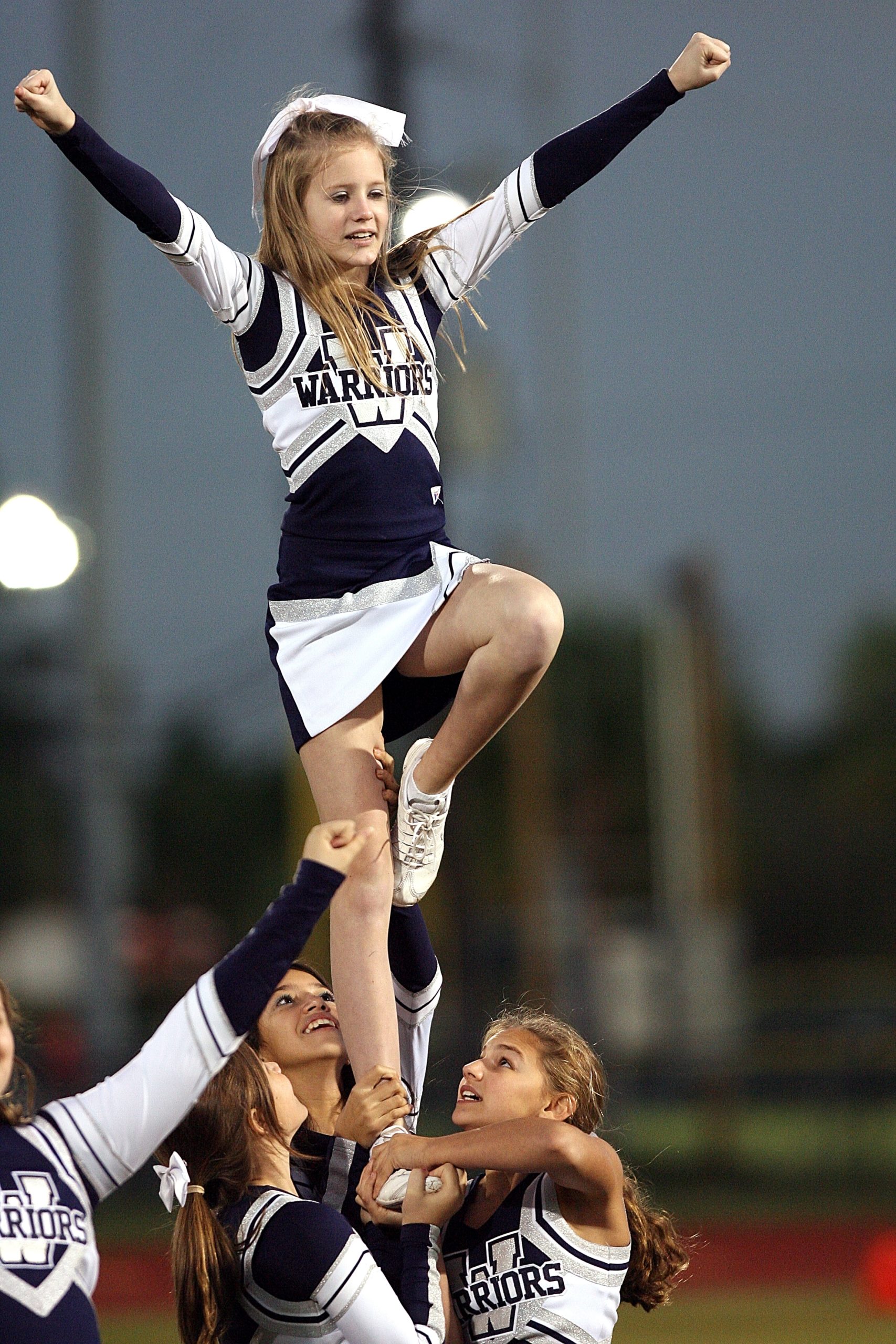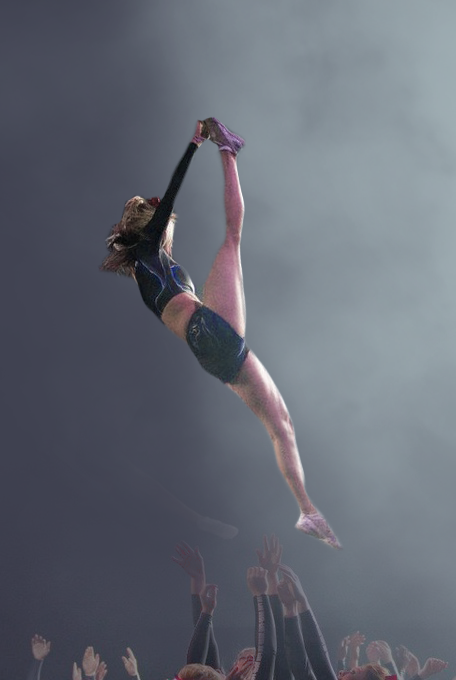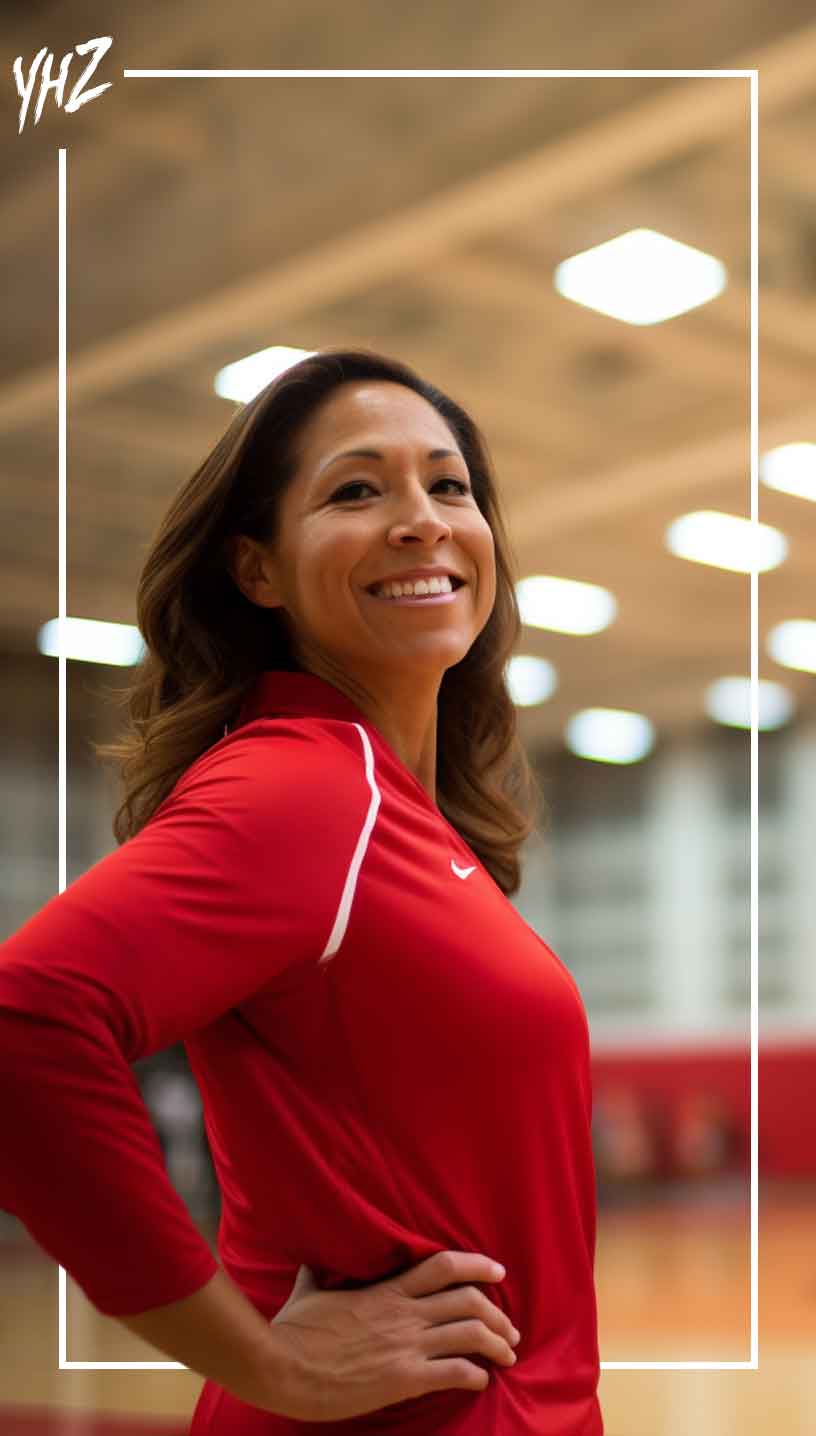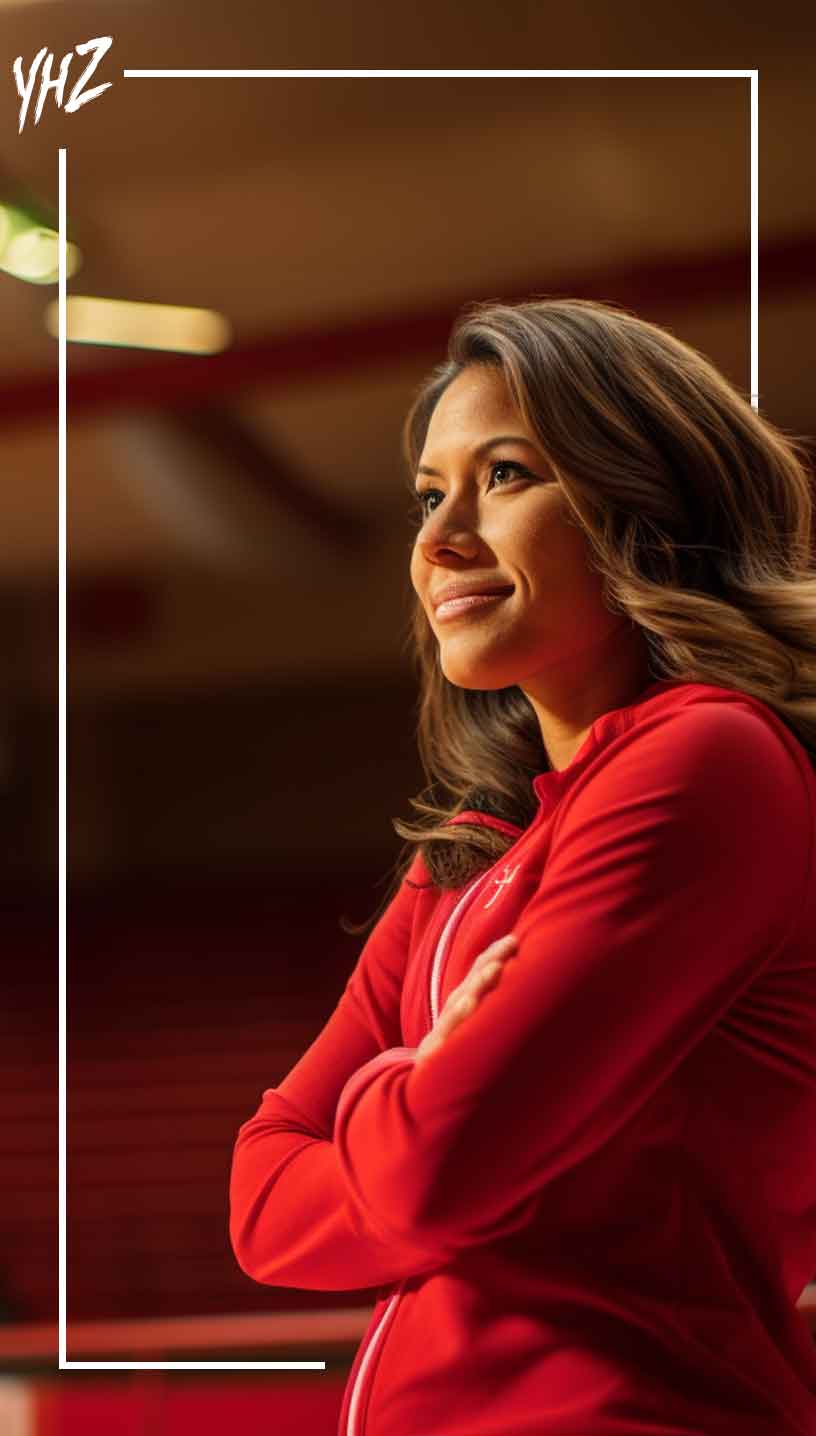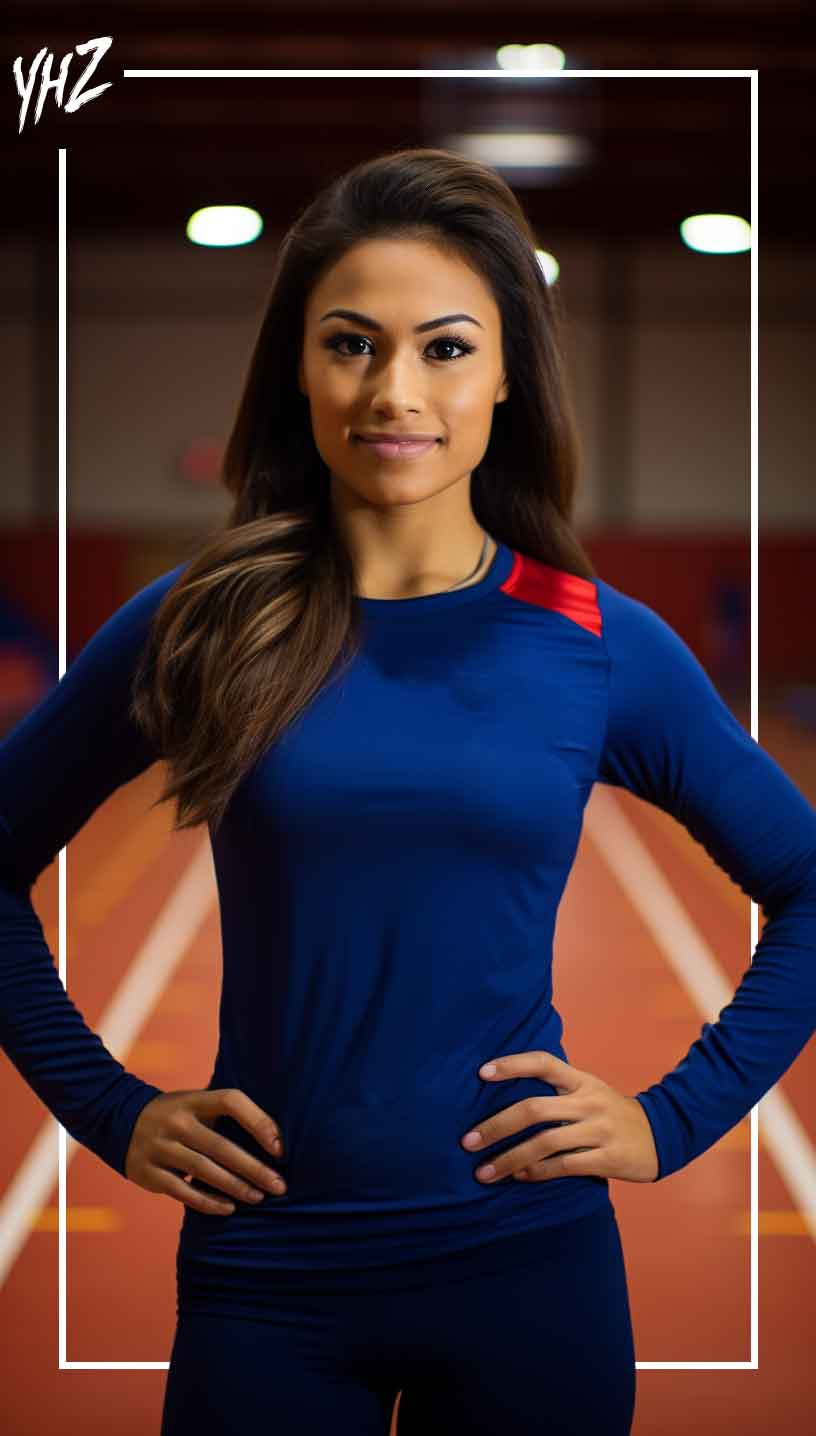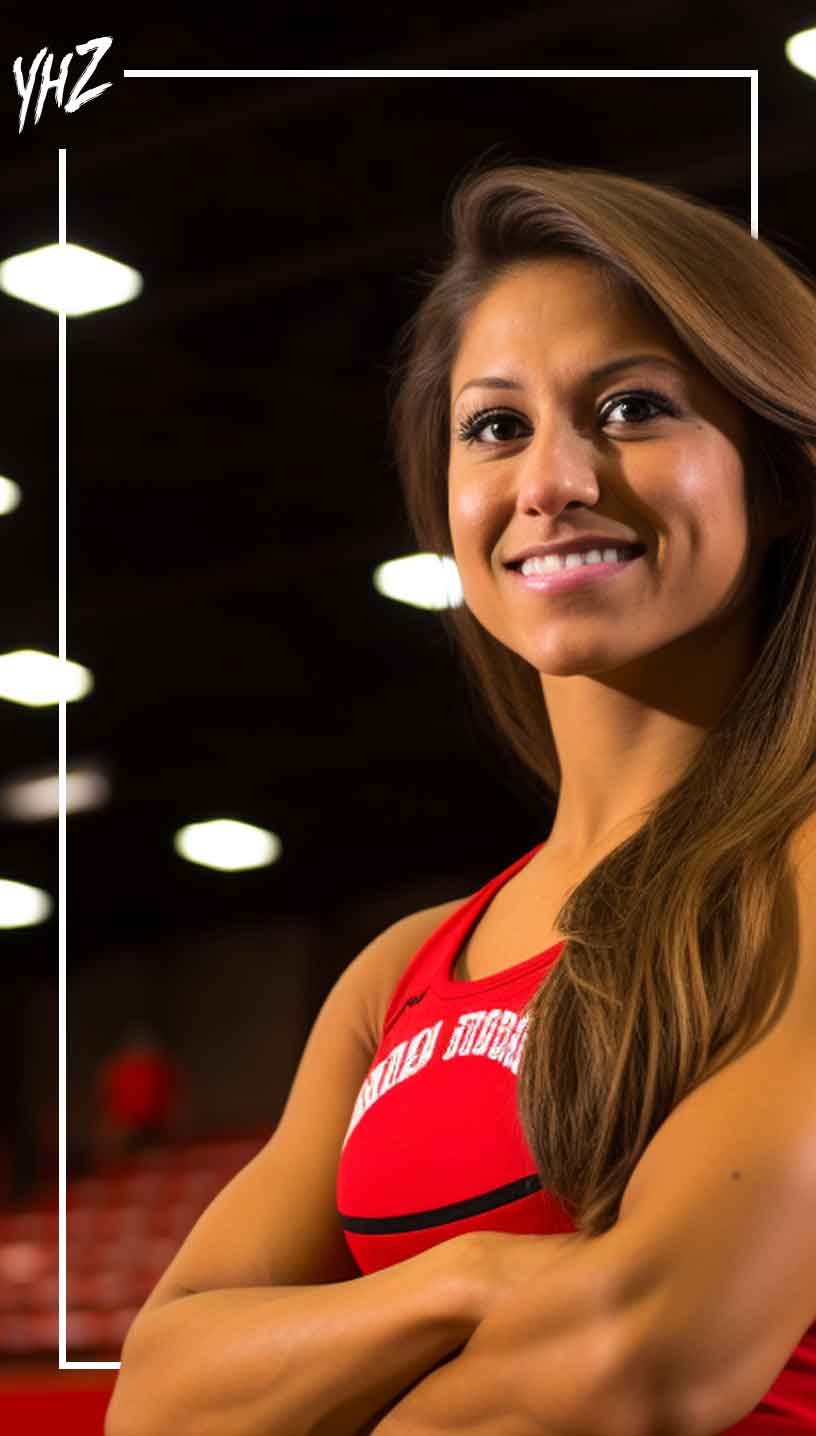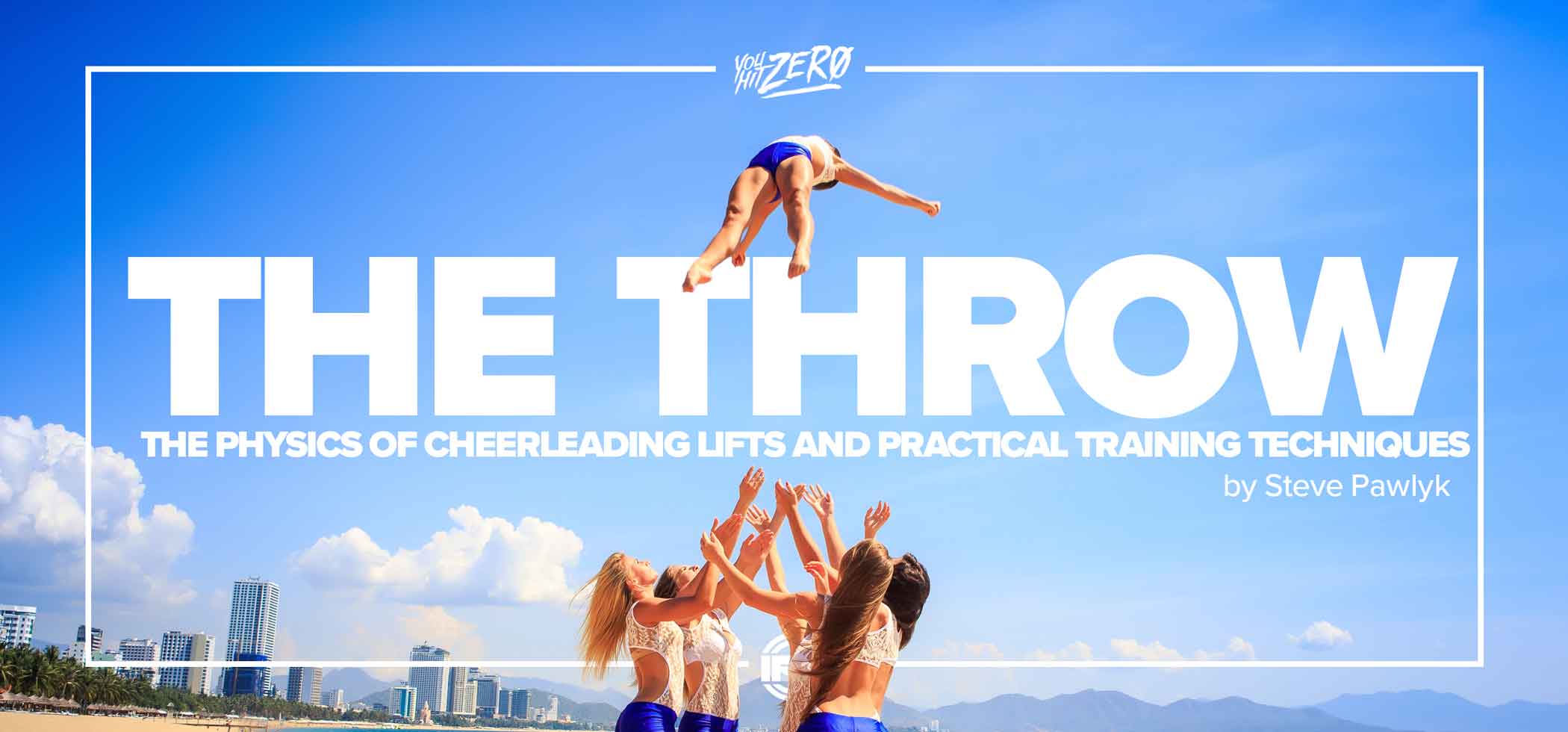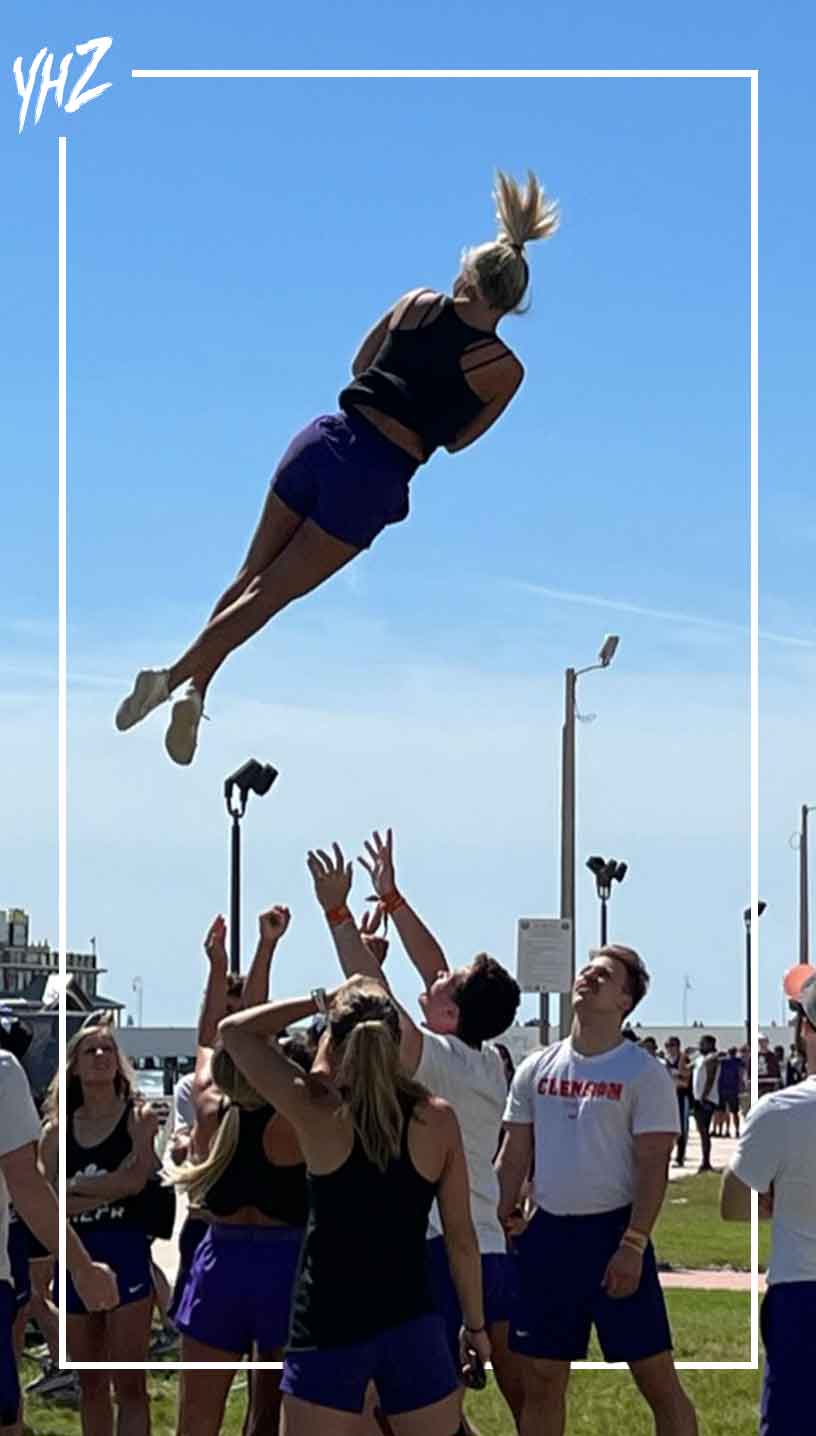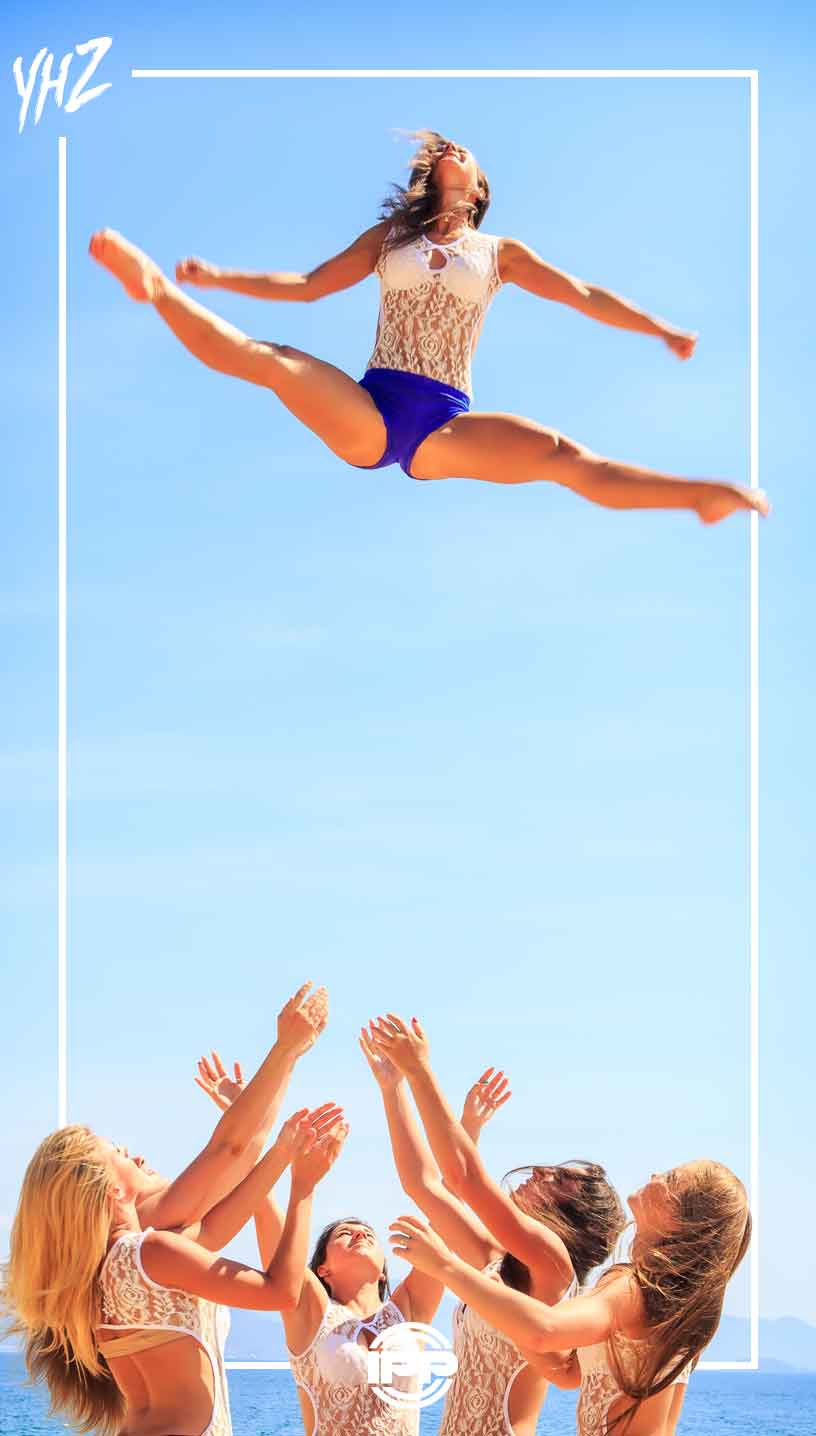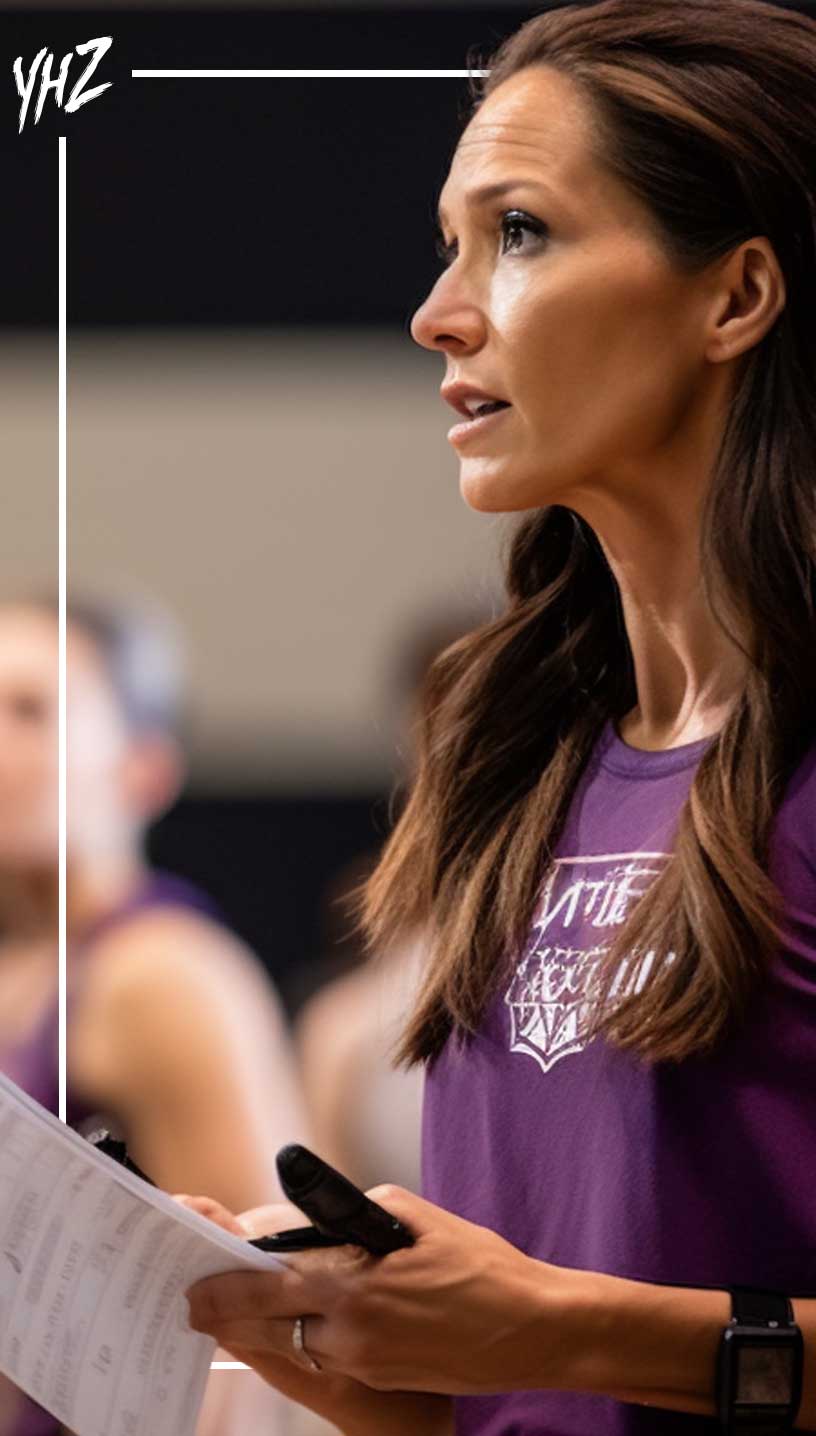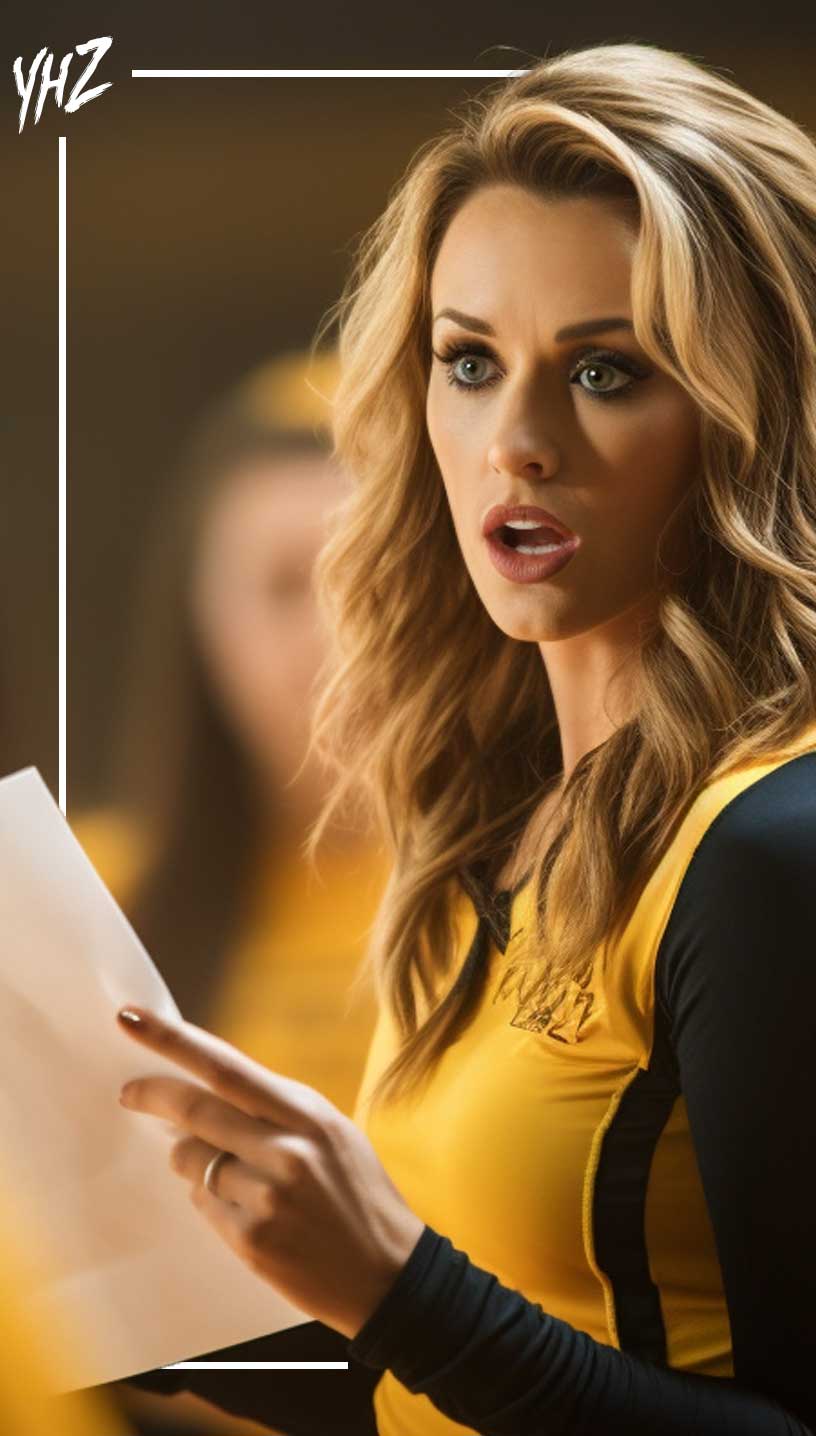By Steve Pawlyk
Published March 20, 2024
Starting cheer with no prior experience can be daunting. Whether your background is in dance, gymnastics, weightlifting, or you’re starting from scratch, the path to cheerleading success might seem filled with uncertainty—especially in the diverse and vibrant cheer scene of the UK. Inspired by a post from the subreddit, r/cheerleading, we’ve crafted a tailored 7-month plan to transform complete beginners into confident cheerleaders.vThis plan leverages the unique background of user u/noot_noot_betch (dope username btw lol), turning it into a powerful foundation for mastering the essentials of cheer.
Ok, let’s do it!

Month 1-2: Foundation Building
Focus on Basic Cheer Motions and Jumps
- Learn Basic Cheer Motions: Start with mastering the fundamental cheer motions such as High Vs, Low Vs, T motions, and more. Sharpness and precision in these movements are crucial, so practice in front of a mirror and record yourself to self-assess.
- Introduction to Jumps: Begin with a “T” jump to familiarize yourself with the arm motions and timing. This drill is essential for progressing to more complex jumps like toe touches, Herkies, and pikes. Remember, correct form with straight legs and pointed toes is more important than height initially.
Strengthening and Flexibility
- Weight Training and Pole Fitness: Continue your routine but focus on exercises that enhance your lower body strength, core stability, and flexibility—key components for successful jumps and stunts.
- Flexibility Training: Focus on achieving your front splits and gradually introduce stretches for heel stretches, scorpions, needles, and scales. Ensure your muscles are warm before stretching to avoid injuries.
Month 3-4: Technique and Conditioning
Jumps and Stunts
- Advanced Jump Techniques: Start incorporating the leg positions into your jumps, focusing on height, form, and proper landings. Use YouTube drills to improve.
- Conditioning: Intensify your strength and conditioning workouts with a focus on leg muscles and core strength. This will significantly improve your jumps and stunts.
Flexibility and Balance
- Deepen Flexibility Training: With your front splits nearly perfected, push for more advanced positions while maintaining a slow and consistent approach to avoid injury.
- Balance Exercises: Incorporate balance exercises into your routine to aid in stunts like the scale and heel stretch.
Month 5-6: Refinement and Routine Practice
Routine and Choreography
- Learn A Routine: Try learning a basic cheerleading routine from YouTube. This will help you understand how to string together motions, jumps, and possibly stunts into a seamless performance.
- Practice with Music: Start practicing routines with music to get a feel for timing and rhythm, essential components of a competitive cheer performance.
Self-Assessment and Improvement
- Record and Review: Continue recording your practices to monitor progress and identify areas for improvement. Don’t hesitate to seek feedback from experienced cheerleaders or coaches.
Month 7: Final Preparations and Mock Tryouts
Mock Tryouts
- Organize a mock tryout session with friends or family acting as judges. This will help you get used to performing under pressure and receive constructive feedback.
Mental Preparation
- Work on your confidence and mental strength. Visualization techniques and positive affirmations can be incredibly helpful.
Rest and Recovery
- Ensure you’re well-rested and your muscles are fully recovered as the tryouts approach. Taper off intensive training and focus on maintaining your flexibility and sharpness in movements.

Additional Tips:
- YouTube as a Resource: Leverage YouTube extensively for tutorials on jumps, motions, routines, and conditioning exercises.
- Stay Consistent: Consistency in practice, stretching, and conditioning is key to progress. Make a schedule and stick to it.
- Warm-Up Properly: Always start your training sessions with a thorough warm-up to prevent injuries and enhance performance. Dynamic stretches and light cardiovascular exercises like jogging or jumping jacks can prepare your muscles for the intense work ahead.

Nutrition and Hydration
- Nutrition: Pay attention to your diet. A balanced diet rich in proteins, vitamins, and minerals supports muscle recovery and energy levels.
- Hydration: Keep yourself well-hydrated. Proper hydration is crucial for optimal performance and recovery, especially during intense training sessions.
Join a Cheer Community
- Community Support: Engage with online cheerleading forums or local cheer communities. Sharing experiences, asking questions, and receiving encouragement can boost your morale and provide valuable insights.
- Final Weeks Before Tryouts
- Review and Polish: Focus on refining your technique, ensuring your jumps, stunts, and routines are as polished as possible.
- Mental Rehearsal: Visualize your success. Mental rehearsal can improve performance by familiarizing your mind with the sequence and flow of your routine.
- Relaxation Techniques: Incorporate relaxation techniques to manage stress. Practices such as yoga, meditation, or simply listening to music can help keep you calm and focused.
The Day Before
- Equipment Check: Ensure your attire, shoes, and any necessary equipment are prepared and in good condition.
- Rest Well: Get a good night’s sleep. Being well-rested will help you remain alert and energetic during tryouts.
Tryout Day
- Stay Positive: Maintain a positive attitude. Confidence can greatly impact your performance.
- Focus on Your Efforts: Concentrate on delivering your best performance rather than worrying about the competition.
- Enjoy the Experience: Remember, tryouts are not just about making the team but also about enjoying the journey and learning from the experience.
Preparing for cheer tryouts as a complete beginner might seem like a monumental task, but with a structured plan, dedication, and the right mindset, it’s an achievable goal. The journey from beginner to real cheerleader is filled with challenges, learning, and personal growth. By following this 7-month plan, focusing on technique, strength, flexibility, and mental preparation, you’ll be well-equipped to tackle your tryouts with confidence. Every cheerleader started somewhere, so with perseverance and passion, you’ll find your place. Good luck, and stay loud!
IPP's Premade Mixes are USA Cheer Compliant and customizable! Add Sound FX, swap songs, & more! Add your Team Name to the mix for only $10!





